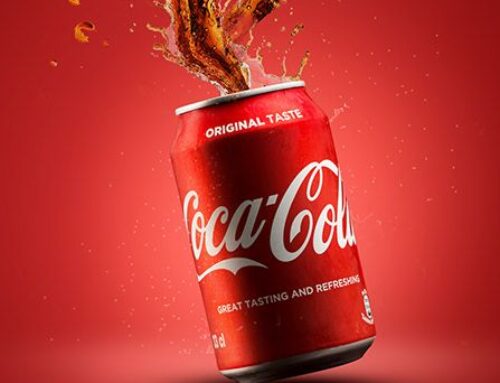In the world of digital marketing, not every customer converts on their first visit. In fact, most people will browse your website, leave, and never return—unless you remind them. That’s where remarketing campaigns come into play.
Remarketing campaigns are one of the most effective ways to bring back potential customers, increase brand awareness, and boost conversion rates by targeting users who have already interacted with your website or ads.
What are Remarketing Campaigns?
Remarketing campaigns are targeted advertising strategies that show ads to users who have previously visited your website, used your mobile app, or engaged with your brand in some way. These ads follow users across Google, Facebook, Instagram, YouTube, and other websites they browse.
Example:
If someone visits your product page but doesn’t make a purchase, a remarketing ad can remind them of that product while they scroll through social media or search online.
Why Remarketing Campaigns Are Important
-
🎯 Target Warm Audiences: Reach users who are already familiar with your brand.
-
🚀 Increase Conversions: Remarketing helps move potential customers further down the sales funnel.
-
💰 Cost-Effective: Remarketing ads typically have a lower cost-per-click (CPC) and higher return on investment (ROI).
-
📈 Build Brand Recall: Consistent exposure keeps your brand top-of-mind.
-
🔥 Personalized Messaging: You can tailor ads based on specific user behaviors.
Types of Remarketing Campaigns
1. Standard Remarketing
Show ads to past visitors as they browse websites and apps on the Google Display Network.
2. Dynamic Remarketing
Display ads that feature the exact products or services users viewed on your website.
3. Remarketing Lists for Search Ads (RLSA)
Show customized search ads to previous visitors when they search for related terms on Google.
4. Video Remarketing
Target users who have interacted with your YouTube videos or channel.
5. Social Media Remarketing
Show remarketing ads to users on platforms like Facebook, Instagram, and LinkedIn.
How Remarketing Campaigns Work
-
A user visits your website or interacts with your content.
-
A tracking code (cookie or pixel) tags the user.
-
The user leaves your website without converting.
-
Your ads follow the user across Google, YouTube, social media, and partner websites.
-
The user clicks the ad and is redirected back to your website to complete the action.
Benefits of Remarketing Campaigns
-
✔️ Higher conversion rates
-
✔️ Lower advertising costs
-
✔️ Better targeting precision
-
✔️ Increased customer lifetime value
-
✔️ Improved brand awareness and recall
-
✔️ Customizable ad messages based on user behavior
Best Practices for Remarketing Campaigns
-
Segment your audience (e.g., cart abandoners, product viewers, homepage visitors).
-
Use dynamic ads to show personalized product recommendations.
-
Set frequency caps to avoid overwhelming users with too many ads.
-
Offer exclusive discounts or incentives to encourage return visits.
-
Use compelling visuals and clear calls-to-action (CTAs).
-
Optimize landing pages to improve conversions.
When to Use Remarketing Campaigns
-
When you want to recover abandoned carts
-
To promote seasonal sales or limited-time offers
-
To cross-sell or upsell related products
-
To keep your brand visible in highly competitive markets
-
To build loyalty among past visitors and customers
Tools for Managing Remarketing Campaigns
-
Google Ads
-
Facebook Ads Manager
-
LinkedIn Ads
-
Google Analytics (for audience segmentation)
-
YouTube Ads
Conclusion
Remarketing campaigns are a smart, cost-effective way to re-engage potential customers and drive them back to your website. They not only increase conversions but also build long-term brand recognition. If you want to improve the efficiency of your marketing spend and maximize your chances of converting website visitors, remarketing is a strategy you can’t afford to ignore.





Leave A Comment